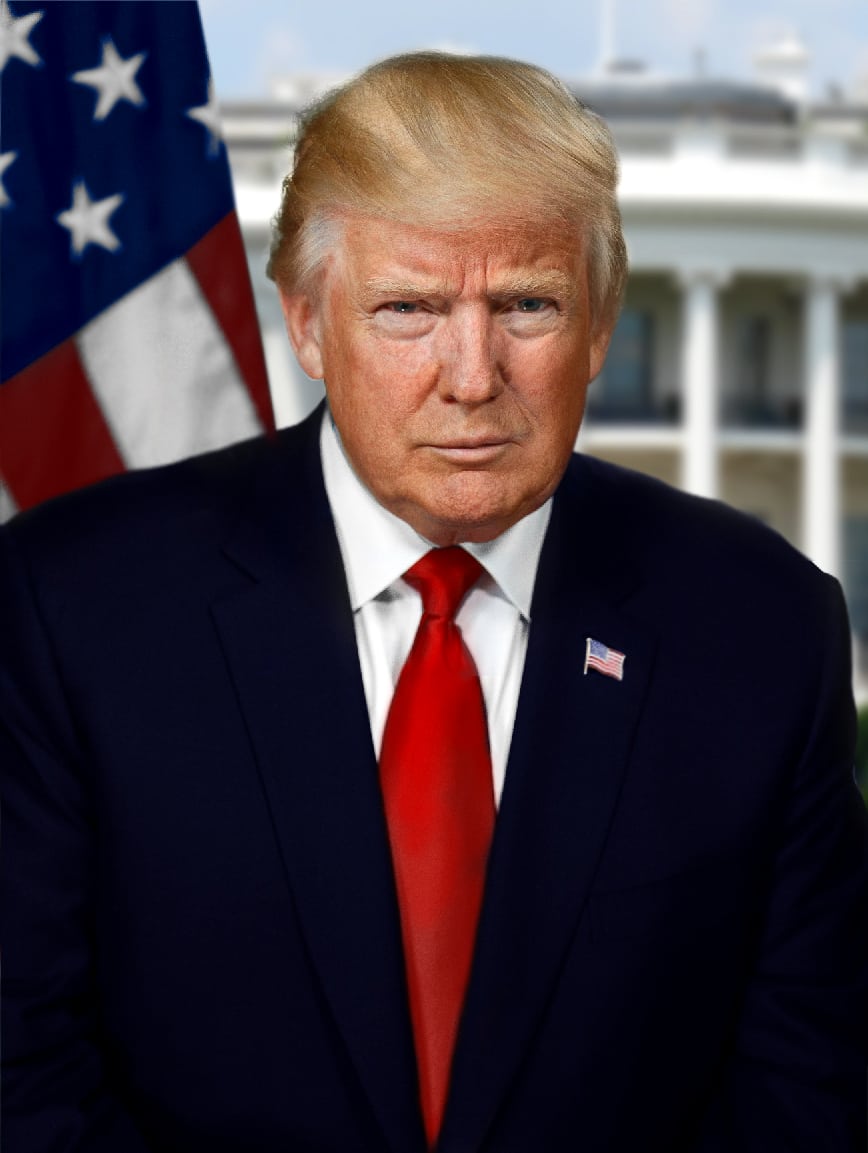
Editor’s note: This is the first in a series of quarterly news summaries and analyses about President Donald Trump’s first 100 days in office. We’ll check in with one long, big-picture update every 25 days, with a regular flow of updates in between to keep…